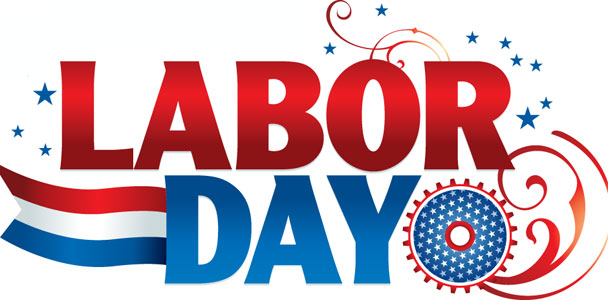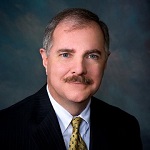
Healthcare expenditures in the U.S. exceed $2.9 trillion each year, representing more than 17.4% of the GNP(1). It should be noted that 80% of this expenditure is associated with chronic disease and, therefore, it is no surprise that Population Health is addressing the identification of at-risk populations and patients with early stage chronic conditions, not to mention the growth of our aging population. With Healthcare Reform driving the shift from volume to value, Urgent Care Centers (UCCs) represent a key care component of the Patient Protection and Affordable Care Act (PPACA) as well as the IHI Triple Aim that directly impacts access/convenience and reduced costs.
Between UCCs and retail medical clinics that are in stores like Walgreens, CVS and Target, convenient care is approaching 10,000 sites throughout the U.S. The Urgent Care concept originated in the late ‘70s and has proliferated in recent years, fueled by a shortage of primary care physicians and overbooked primary care offices, long emergency room wait times and the high cost of emergency room care. This leaves patients frustrated and feeling like they have no place to turn when they have an immediate need for medical attention but their condition is not an emergency. In fact the Centers for Disease Control and Prevention stated in 2012 that nearly 80% of visits to emergency departments were due to a lack of access to other healthcare providers(2). The niche market of urgent care therefore has a huge opportunity to make an impact.
To the credit of many physicians, they saw and are trying to meet the community need of access at lower cost by starting and owning a majority of the UCCs. These UCCs are designed to function for the convenience of the consumer on a walk-in, no appointment basis and be open for extended hours.
Health Plans, large Medical Groups, Hospitals and Health Systems are realizing the importance of establishing this type of convenient care model and have different strategies for providing Urgent Care such as building their own or affiliating with existing urgent care operators as strategic partners in providing quality outcomes at a lower cost with greater satisfaction.
For Hospitals and Health Systems, UCC affiliations are mutually beneficial. They can relieve excess volume in the hospitals’ overcrowded emergency departments and, by virtue of having a lower volume it will result in a reduction of the hospital write-offs. These relationships will generate downstream referrals for the hospitals when there is a need by the UCCs for a higher level of diagnostics, when specialist referrals are required and when patients with conditions requiring emergency care show up first at the UCCs and need to be directed to emergency departments. UCCs can also assist hospitals by functioning in the capacity of discharge clinics to reduce the hospitals’ readmission rates.
For Primary Care physicians and Medical Groups, there can be a delay of weeks or months for patients getting appointments. The number of aging patients with chronic diseases is increasing as well, making the timely delivery of care challenging. These physician groups can look to UCCs for arrangements to cover after-hours or for vacations as well as for more patient-convenient certified laboratory collections and testing, imaging, suturing, in-house medication dispensing and durable medical equipment.
For Health Plans, UCCs pose a more cost-effective alternative than emergency rooms. Additionally, as it pertains to population health, it is crucial that the respective electronic health records interface so that at-risk patients can be identified and treated for early stage chronic conditions. An EHR would allow a seamless connection with an ACO or a Medical Group as well.
In conclusion, UCCs that are appropriately integrated in the healthcare delivery system will effectively meet the intent of the ACA and Triple Aim by providing greater convenience, satisfaction, reducing cost and be integral in achieving Population Health.
(1) https://www.washingtonpost.com/news/wonk/wp/2014/12/03/heres-exactly-how-the-united-states-spends-2-9-trillion-on-health-care
(2) http://www.cdc.gov/nchs/data/nhis/earlyrelease/emergency_room_use_january-june_2011.pdf



























